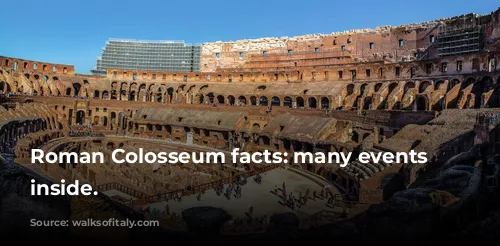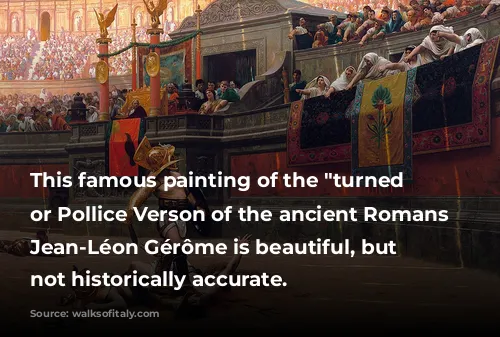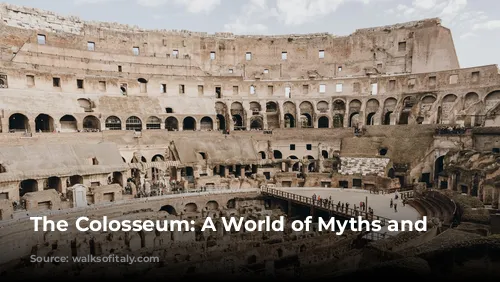The Roman Colosseum, also known as the Flavian Amphitheatre, is a global icon, attracting millions of visitors each year. While its fame is undisputed, many popular beliefs about this ancient wonder are far from the truth.
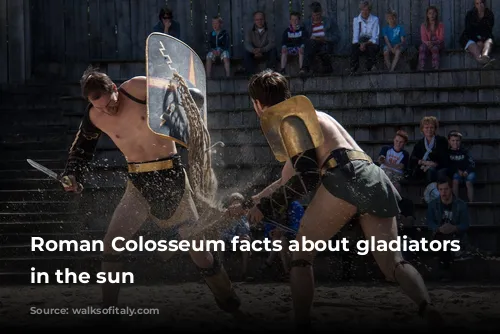
The Gladiator’s Fate: Thumbs Up or Thumbs Down?
You’ve probably seen the scene countless times in movies: a gladiator lies defeated, awaiting the emperor’s verdict. A raised thumb means life, a lowered thumb means death. But this widely accepted myth about the Colosseum is completely false.
The truth is, the gesture of a thumb up or down was never used in ancient Rome. The concept originated in a 19th-century painting, and no historical evidence supports this claim. Instead, Romans indicated a gladiator’s death by holding their thumb horizontally, mimicking a sword slashing the throat. They would shout “Iugula! Iugula!” meaning “Throat! Throat!”
While it’s true that gladiators could be killed in the arena, it was not as common as you might think. In the early years of the Colosseum, many gladiators survived, especially if they fought well and entertained the crowd. Death was more likely to occur due to injuries or cowardice, which would infuriate the audience.
The Colosseum was not just about death. In later years, mercy and forgiveness became more commonplace.
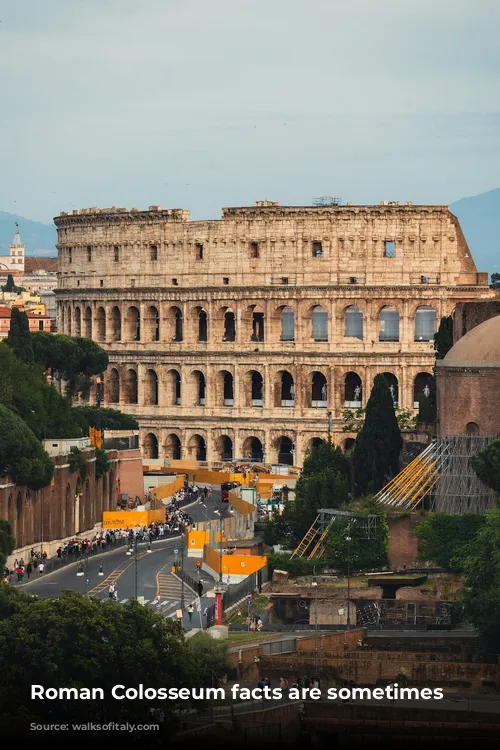
The Myth of the Christian Massacre
Another common misconception is that the Colosseum was a site of mass Christian executions. While it’s true that some Christians were killed there, they were not executed solely for their faith.
We have no concrete evidence that Christians were specifically targeted for their religious beliefs. They were likely part of the regular spectacles, with their faith being incidental to their execution. This misconception likely arose from popular culture’s fascination with the persecution of early Christians.
However, we know for certain that Christians were killed in other locations, like the private circus of Nero. And while they may not have felt compassion for the gladiators, they believed that attending these spectacles was morally and spiritually damaging for the audience, an opinion shared by many pagan writers of the time.
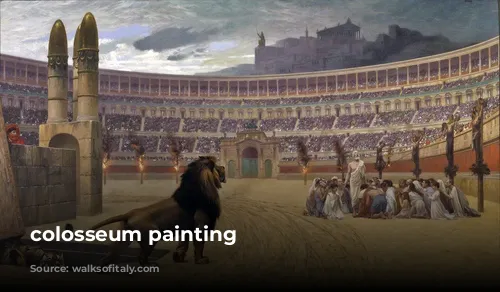
Beyond Gladiatorial Combat: A Multifaceted Spectacle
The Colosseum was not just about gladiatorial battles. The shows there were much more diverse and elaborate, featuring a wide array of events that captivated audiences for hours.
The day began with a grand presentation of all the performers. Then, the crowd was treated to battles between animals, followed by circus acts, and hunting games. During the lunch break, public executions took place, serving as a warning to lawbreakers and entertainment for the audience.
Only in the afternoon did the highly anticipated gladiator contests take place. These battles were a highlight, but they were only one part of the complete spectacle.

More Than Just Lions and Tigers: A Menagerie of Wonders
Contrary to the depiction in movies, the Colosseum featured far more than just lions and tigers. The Romans brought in a stunning menagerie of animals from all over the world.
From Egypt came crocodiles, hippos, rhinos, and giraffes. North Africa provided lions, cheetahs, panthers, elephants, gazelles, antelopes, jackals, ostriches, and hyenas. Morocco was the source of bears, while Italy and other European countries contributed herbivores such as deer, boars, wolves, and even moose.
This glimpse into the Colosseum’s past reminds us that this ancient wonder is a treasure trove of stories. With each stone telling its own tale, the Colosseum continues to captivate and amaze, revealing new insights and debunking old myths.
